Drinking Water at Railway Station
Availability of drinking water is one of the basic passenger amenity identified by the Railways. Every effort is made the ensure ordinary and cold water drinking tap through the length of the platform to serve each passenger in different coaches to meet his water demand with ease within the stoppage time of the train. Provision of taps has been standardized like this
- One tap for every two coach
- 12 water taps on A and B category station
- Number of water taps can also be decided based on the maximum number of passengers at any possible time divided by 25 i.e. one water tap for 25 passengers
Indian railways, in fact, have provided water taps more than this standard but there are always a hue and cry for water scarcity during April-June at Railway station as well as in Train. Video and slide show of photograph give some idea where the problem lies.
There is one aspect which has been lost while design distribution of water at the Railway Station.
- Duty wise distribution: Duty cycle is high near general coaches which are located at the far ends of the platform. About 300 passengers are accommodated in a general coach, therefore, there shall be about 20 water taps near these coaches. Use of heavy-duty water taps and sturdy design of drains.
- Need wise distribution: Need of water is more for the passengers travelling in general coaches as compared to air-conditioned and received 2nd class passenger where packaged water distribution is more on demand.
- Provision of charitable water distribution near platform end where the need is more
Indian Railways also ensures quality of water, for which full-fledged responsibility are defined.The responsibility of supply of safe potable water
lays down the physical and chemical standard of water, various methods of purification/dis-infection, desirable amount of residual chlorine, water quality monitoring and surveillance. Ensuring potable water is not difficult with some checks and balances. Engineering department is responsible for supply of quality of water and medical department for checks on quality.
There is a news the other day “Indian Railways to introduce water purifiers in passenger coaches”
http://timesofindia.indiatimes.com/india/Indian-Railways-to-introduce-water-purifiers-in-passenger-coaches/articleshow/
Following question emerges
-
Has Indian Railways decided to supply potable drinking water in coaches? It is difficult to manage even ordinary water supply in coaches for other purposes what to say of potable water.
-
Is this confirm that water supply at station is not potable? Indian Railways shall decide the quality of water it intends to supply to its passenger.
-
Is Railways doubting the quality of water supply for drinking purpose? If it is so, it not be inviting litigation in days to come.
-
Water purifier is likely to be installed for the passenger of high-class travel who can even afford packaged water bottle. What about passenger travelling in General coaches with about 300 passengers and it is not possible to install such water purifier. These are the persons who run around in search of water tap at stations and at some places buying it at a price.
-
Had there been any report of any passenger falling sick due to poor quality of water supply in 90’s when all of us were drinking tap water only. System of packaged drinking water supply started only after 90’s.
Indian Railways shall stop going for such sycophancy and if really want to serve the Railway passenger shall work in harmony for
- Ensure checks and balances about quality of water supply at station as per laid down standards and not in coaches
- Ensure adequate number of water taps considering the number of passenger travelling in general coach
Saving Water
Water is a precious item but somehow its value is not appreciated by maintenance man and the user. Its value is understood only when we are thirsty and had to travel miles to fetch water. Quality of water taps and valves plays an important role in reducing wastage. The duty cycle of water taps and its likely mishandling is not taken into care and generally replaced when observed defective. It is important that water taps shall be replaced depending on period of usage. Leaking water taps not only causes loss of water but adding problem of bacteria growth and cleanliness.
Quality of Water
Quality of water for supply to passenger is defined in the Medical Manual and ensured by Engineering Department. Quality of Water is checked by Medical department by collecting samples and guiding the Engineering department for the action to be taken. It is not clear why we doubt the quality of water supplied at Railway station and go for out of the way means for showing off our concern for the passenger by providing UV purified water/RO system etc. Railway authorities shall guide the passenger to the taps which supplies potable water and other which does not. By going for out of the box thinking of providing UV purified water system, it may be inviting trouble from Consumer Courts.
You may also like:
- Are Special or Premium Trains earning satisfactorily in Indian Railways?
- Climbing stairs at Railway Station is nightmare for many
- Why not confirmed seat on demand before 2020?
- Cooking by Induction Heating for Indian Railways
- Indian Railways begins E-catering on trial – a small step…
- Where has 150 millions Indian Railway passenger gone?

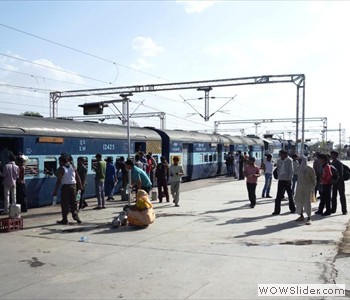
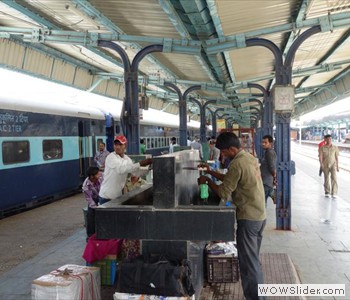
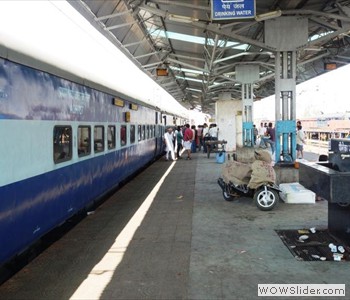
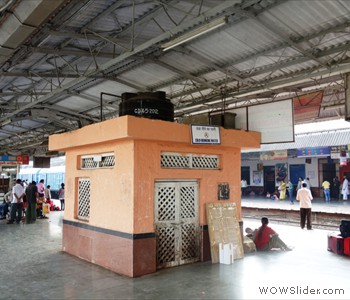
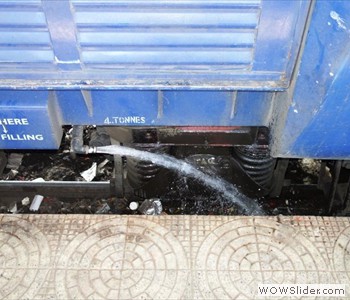
 1
1 2
2 3
3 4
4 5
5 6
6
Drinking water is commonly used in restaurant coaches in Europe. Purification is used. The tap is for staff, not for passengers. This protects the tap against someone touching it without having clean hands.
In Argentina for example many coaches offer boiling water in each wagon. It is commonly used to prepare mate-tea.
if 1 rupee 1 litre coil system (RO/UV System) is estabilished in all passenger coach (firstly in sleeper/rajdhani and then after few months in general boggies), and the maintenance is done by railway along with bisleri/pepsi/or other agencies (through transparent bidding method) then we can definitely save 20,000-25,000 crores of money incured by indian passenger every year, Saving money will reduce inflation drastically in long term. It is the greatest of great idea..
Drinking water not avelevle in coch.